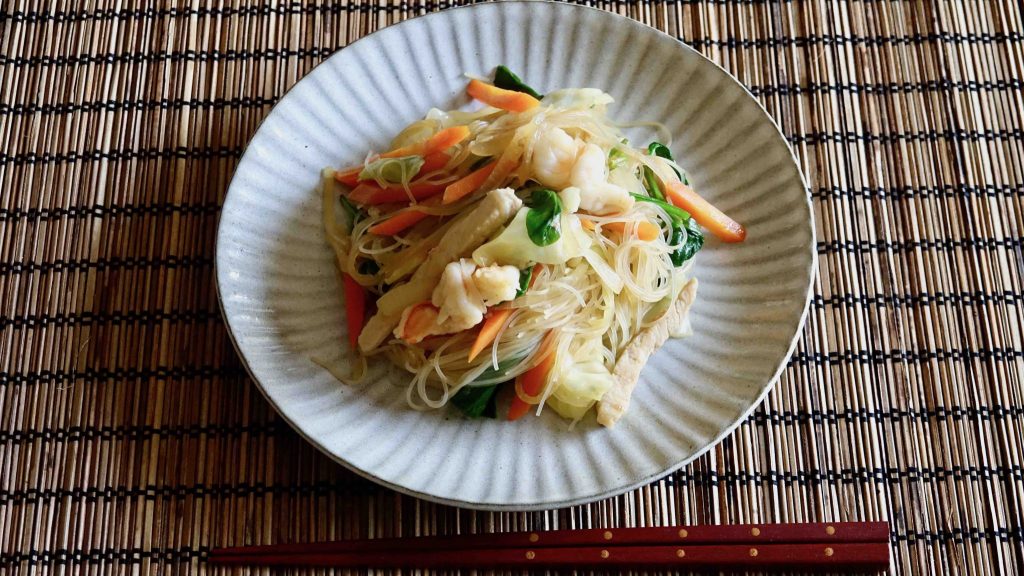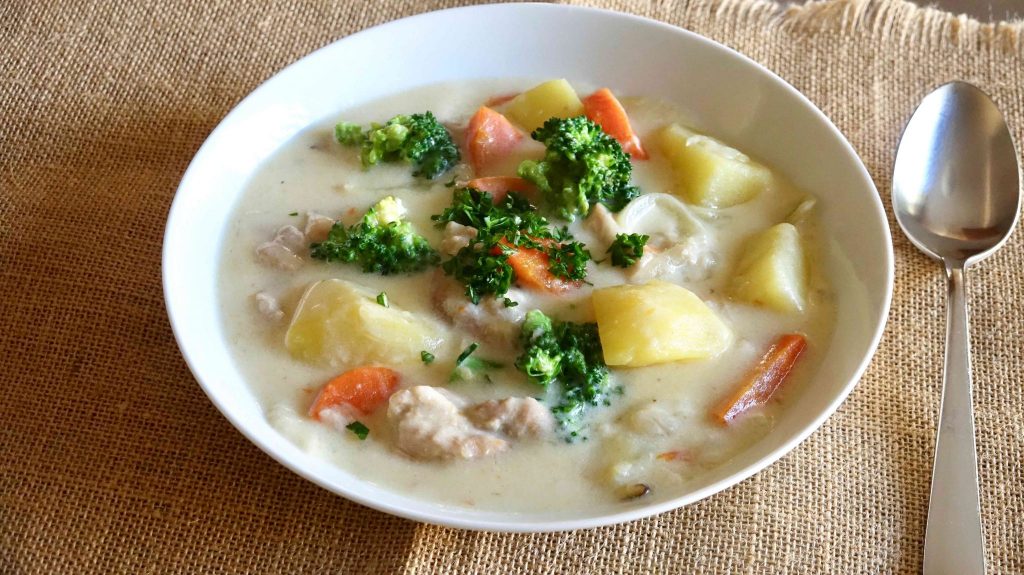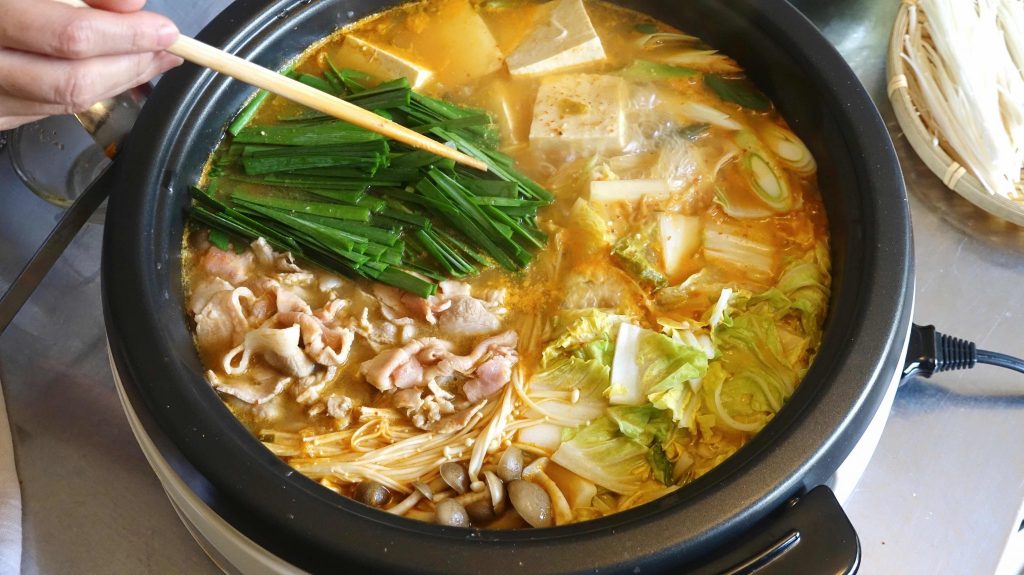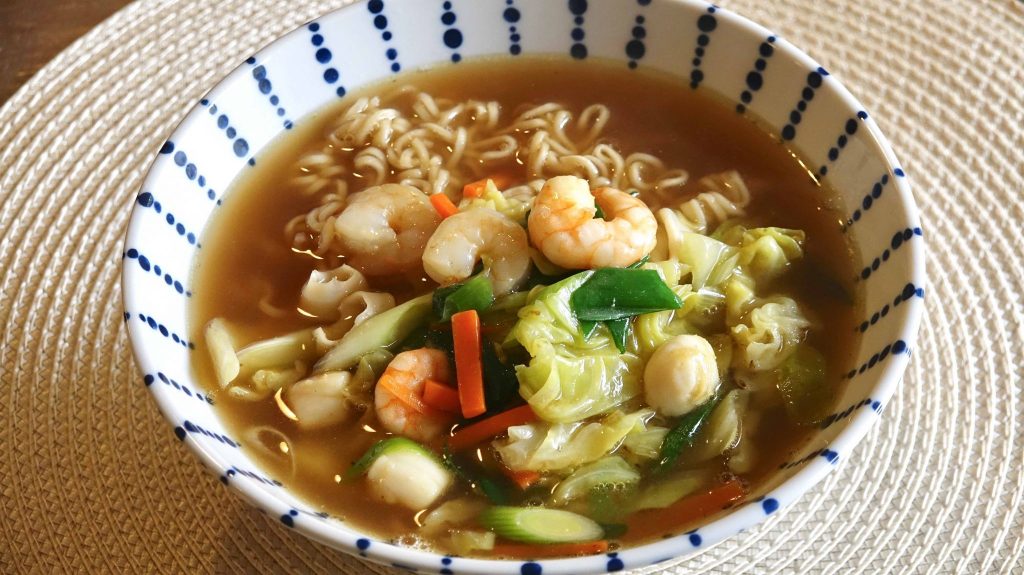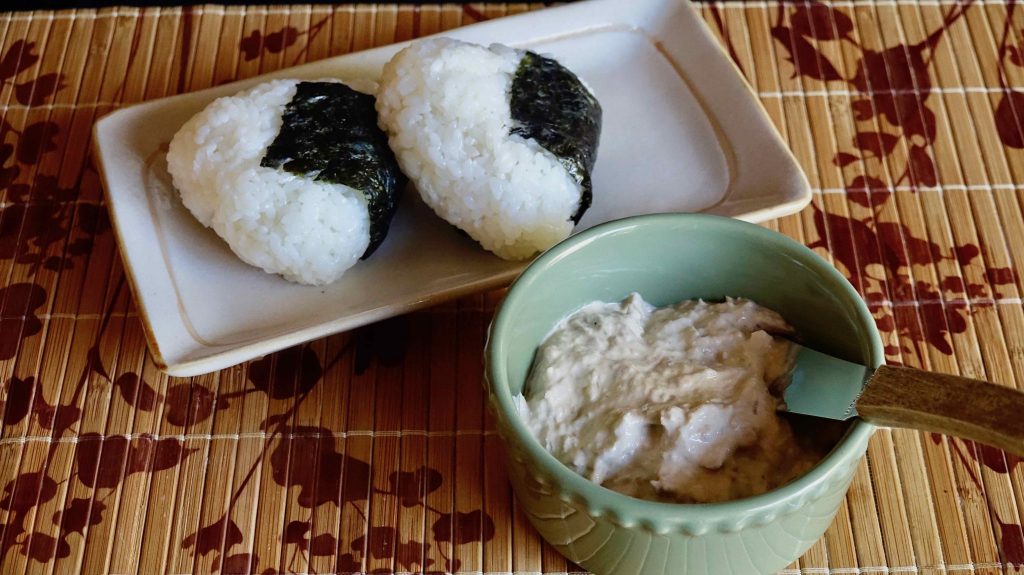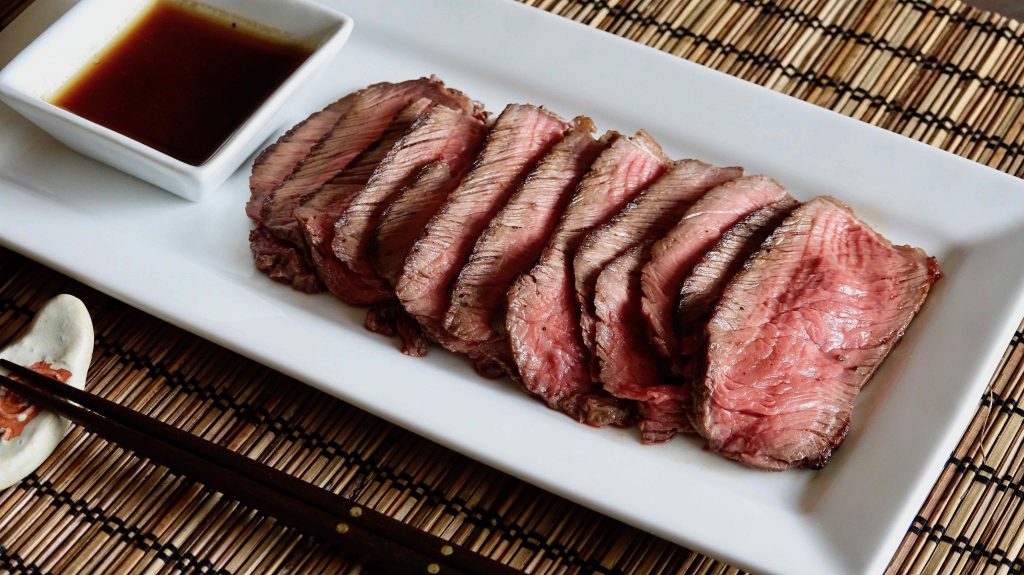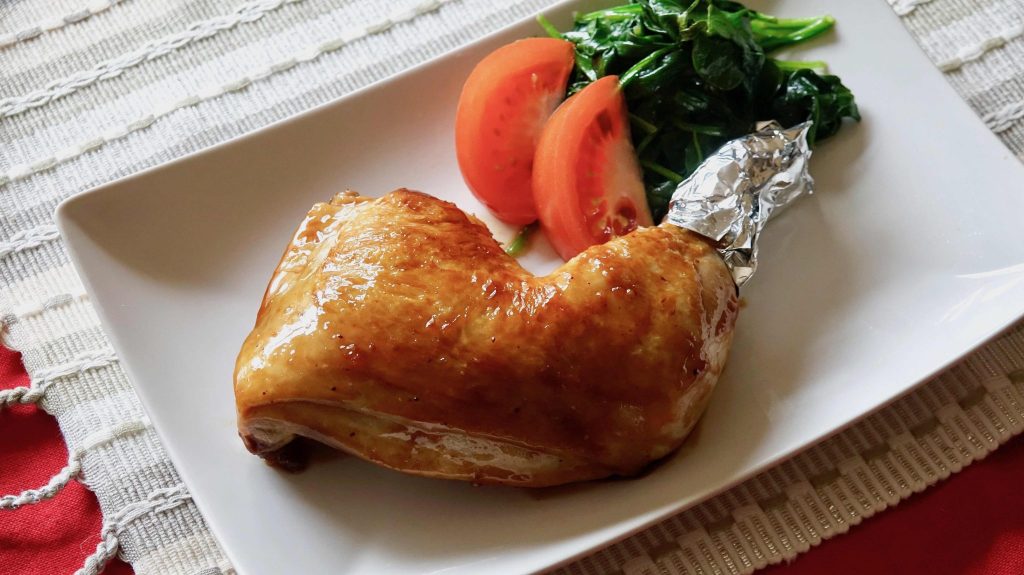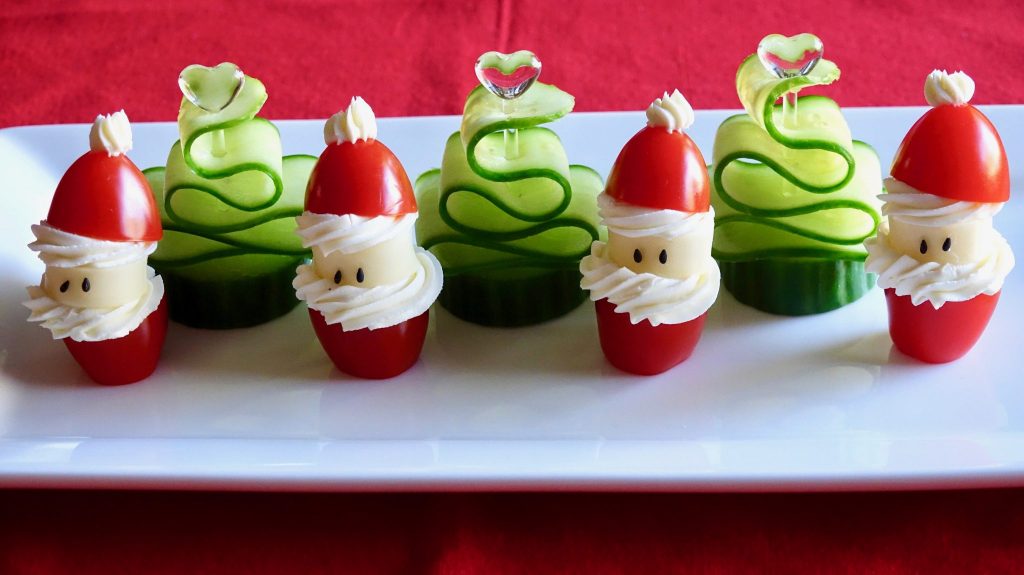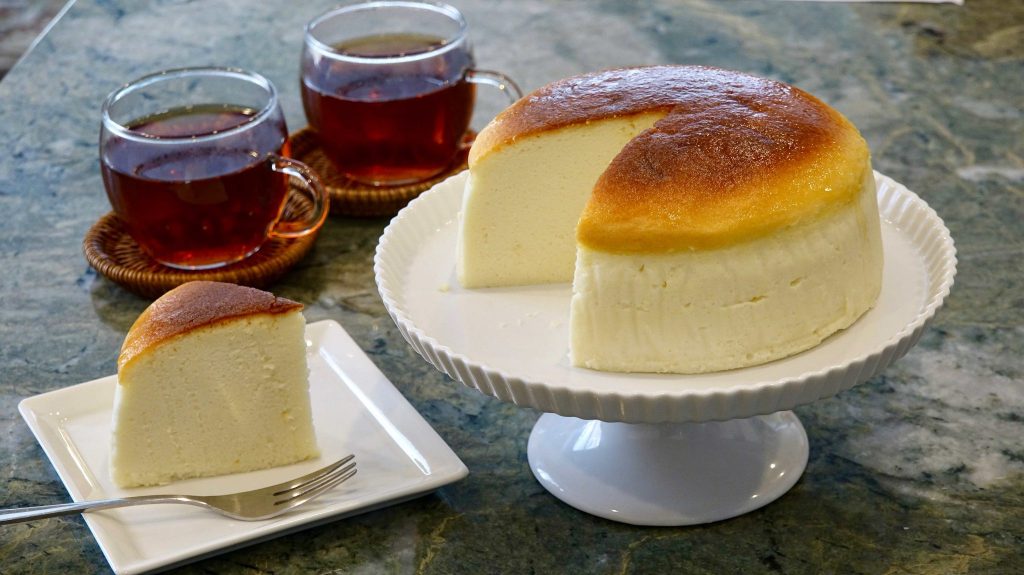Bihun is fried rice vermicelli with meat and vegetables. It is very much a home cooked dish in Japan, not something you can get at restaurants. Although rice vermicelli is not originally part of Japanese cuisine nor used in much other than Bihun, this fried Bihun has become one of the ordinary dishes that people often eat, like Yakisoba.
Cream Stew is a popular home cooking dinner in Japan that is often not cooked from scratch. Like Japanese curry, instant roux in a box is usually used for this dish, but it is easy enough to make a white sauce at home. The warm cream stew with a lot of vegetables is a staple for winter time there.
Cream Stew became popular when the instant roux similar to curry roux came to Japan’s stores in the 60s. The mild flavor of the stew is well accepted by the young and the old. Kids especially like the dish very much, and it became one of the favorite menus at school lunch. Despite the name, it doesn’t actually contain heavy cream but instead uses milk. Even still, its smooth texture and taste are creamy enough to be worth calling it “cream” stew.
If you use store-bought Cream Stew mix, you can skip the steps to make a bechamel sauce (thick white sauce), but it really doesn’t take that much time, with very simple ingredients (butter, flour, and milk), to make from scratch. If you don’t have the mix, just make it at home instead of running to the store. The only “flaw” of homemade roux, which is not really a big deal, is that it doesn’t have as much flavoring added as the instant roux. Instant mixes of course contain a lot of savory flavorings and additives whether you like them or not, and those give the stew more depth. When you make this at home, you may consider using chicken bouillon powder which often also has those same additives to give a more complex taste to the dish. Or, just enjoy the natural flavors of chicken and vegetables without chemicals, and that’s actually what we liked.
We used chicken here, but other meats and seafood like shrimp and oyster work very well too. If you want more variations, use different seasonal vegetables. Radish and spinach are wonderful with the stew. Try it on cold nights – this creamy and hearty stew will warm you up very well.
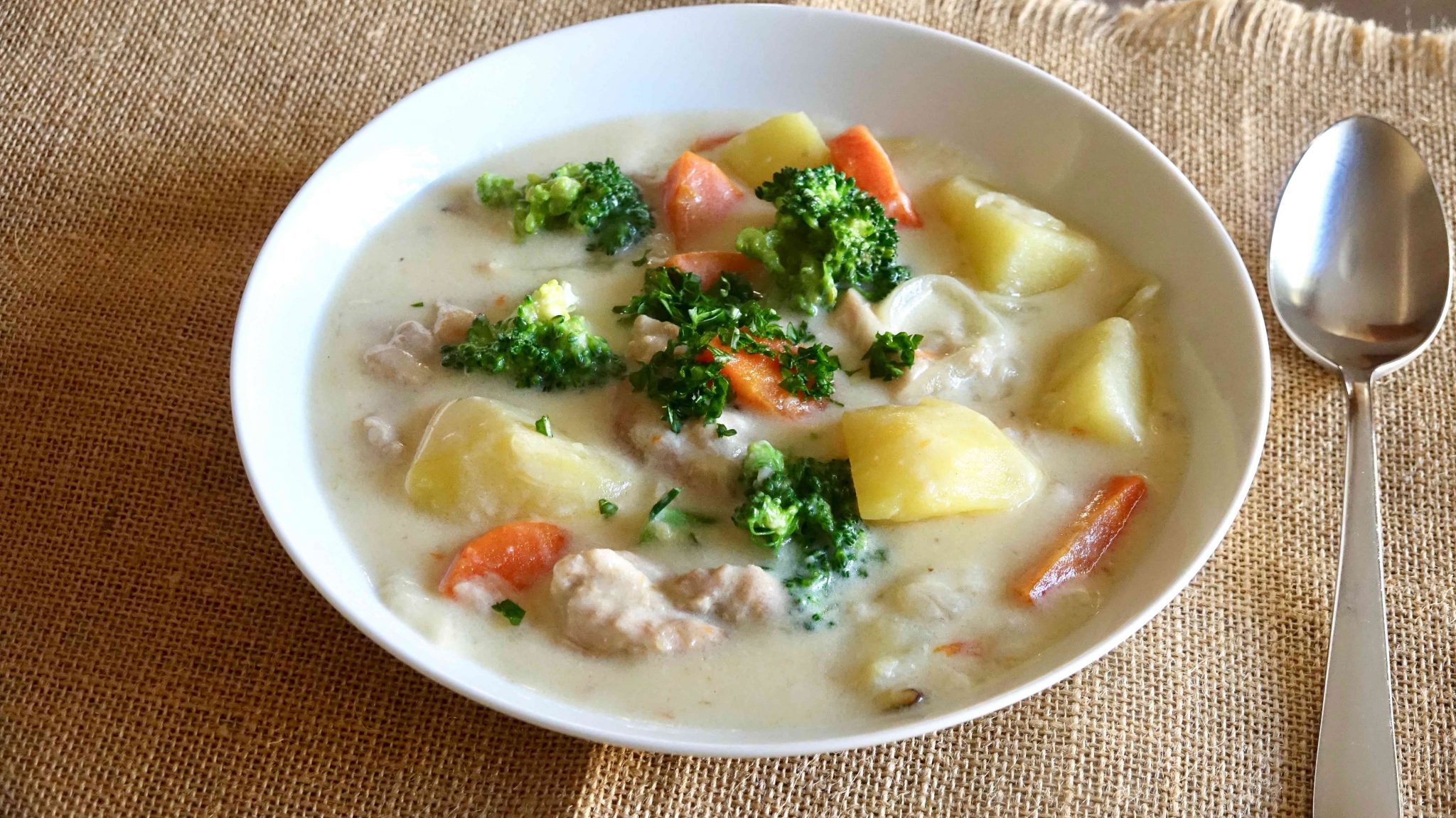
Cream Stew Recipe
Ingredients
- 1 head broccoli (separated into pieces and blanched)
- 1 large onion (cut into small wedges)
- 1 large carrot (sliced into 1/2″ thick rounds)
- 3-4 medium potatoes (cut into 8-12 pieces each)
- 1 lb 460 g chicken thighs
- 2 cups 480 ml chicken broth (or 2 cups water and 1 Tbsp chicken bouillon)
- 2 tsp oil
- 3 Tbsp butter
- 3 Tbsp flour
- 2 cups 480 ml milk
- 1 tsp salt or to taste
- white pepper
- chopped parsley (optional)
Instructions
- Separate broccoli into individual flowerets. Blanch or steam for 2 minutes. Set aside.
- Cut vegetables accordingly. Cut chicken into bite size pieces.
- In a large pot, heat chicken broth at medium heat. Meanwhile, sautee chicken with 1 tsp oil in a frying pan for a few minutes. Add chicken to the broth. Heat 1 tsp oil in the same pan used for the chicken (wipe clean), and cook the onion. Add carrot and potatoes to the pan, and cook for a couple of minutes. Add the vegetables to the chicken broth, and lower the heat to medium low, cover with a lid, and cook for 15 minutes or until potatoes are tender.
- In a clean pan, melt butter at medium heat, add flour, and cook for a couple of minutes. Gradually add milk whisking constantly so that the sauce doesn’t form lumps. Add the sauce to stew and stir well. Season with salt and pepper. Cook uncovered for 10-15 minutes until the stew thickens.
- Stir in cooked broccoli. Serve with chopped parsley if you like.
Video
Valentine’s day in Japan is the day and the “only day” when a girl is allowed to tell a boy how she feels about him … with chocolate, a token of love. That was true at least when we were young. The custom has been gradually changing over the years, and some people today exchange chocolate among friends to celebrate their friendship, but the basic idea is still there. Valentine’s treats have to be chocolate (or chocolate related products like chocolate cakes, chocolate cookies) in Japan, no other candies or flowers are proper gifts. When we were young and innocent (!), it was hardly noticed, but it does sound like the whole thing is very much commercially driven by the chocolate industry, doesn’t it?
Kimchi Nabe (キムチ鍋) is a hot pot dish popular in winter in Japan. That’s right, it is Kimchi in Nabe just like the Korean hot pot dish, Kimch Jjigae. Kimchi Nabe has been popular in Japan for a long time, and evolved as their own version of Kimch Jjigae. It is mildly spicy, but it is hot temperature-wise of course, making it a great family dinner on a cold winter night.
Instant Ramen (インスタントラーメン) with Vegetables is an easy and tasty noodle soup absolutely anybody can make. Instant Ramen has such a distinct flavor of its own, and it is hard to recreate it from scratch, so we don’t even try. And it’s funny how we all have cravings for various foods, but this is the big one for many people in Japan. We don’t eat instant Ramen everyday, but we also crave it time to time.
Tuna-Mayo Onigiri is a rice ball with tuna salad filling. That is generally the most popular kind of Onigiri you can buy at convenience stores in Japan. It doesn’t sound like a very Japanese flavor, but it has been loved by the young and old for over 3o years and still keeps going strong.
Pan-Fried Roast Beef is an easy way to make roast beef with a smaller size of meat, actually the size of a steak. Cooking is done in a frying pan in a much shorter time than traditional roast beef cooked in the oven. Pan-Fried Roast Beef is a great dish for anytime, but it is particularly good for a more special day like New Year’s Osechi.
Teriyaki Chicken Leg is braised chicken legs in Teriyaki sauce. It has been a favorite Christmas dinner in Japan that is made at home or bought from stores.
There are a lot of tricks to make pretty shapes and cute characters with food in Japan. You can see more traditional ones like plum flower-shaped carrots in Chikuzenni, and also Tako Sausage for Bento box.
Tomato Santa and Cucumber Christmas Tree are a Christmas version of this style. You can not only use these as a plate of appetizers, but also add as side dishes for everyday dinner to show holiday spirit. We eat cakes like Strawberry Shortcake and Buche de Noel for Christmas in Japan. If you’re not a sweet person though, make Sushi Cake decorated with Tomato Santa and Cucumber Tree to enjoy the festivity.
Souffle Cheesecake is a popular cheesecake sold at western-style dessert shops in Japan. As you can guess from the name, it is a light and airy soufflé-like dessert as opposed to dense and thick American cheesecake. Soufflé Cheesecake is not overly sweet, as with other Japanese cakes, but it still has a good enough cheese flavor to be called a cheesecake.
